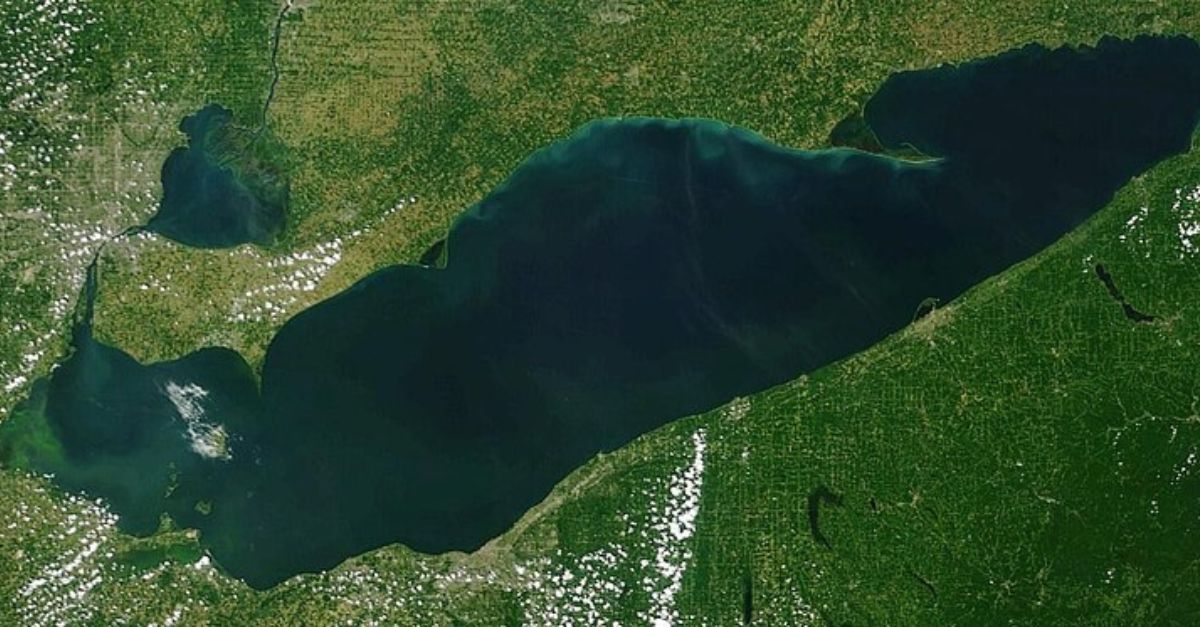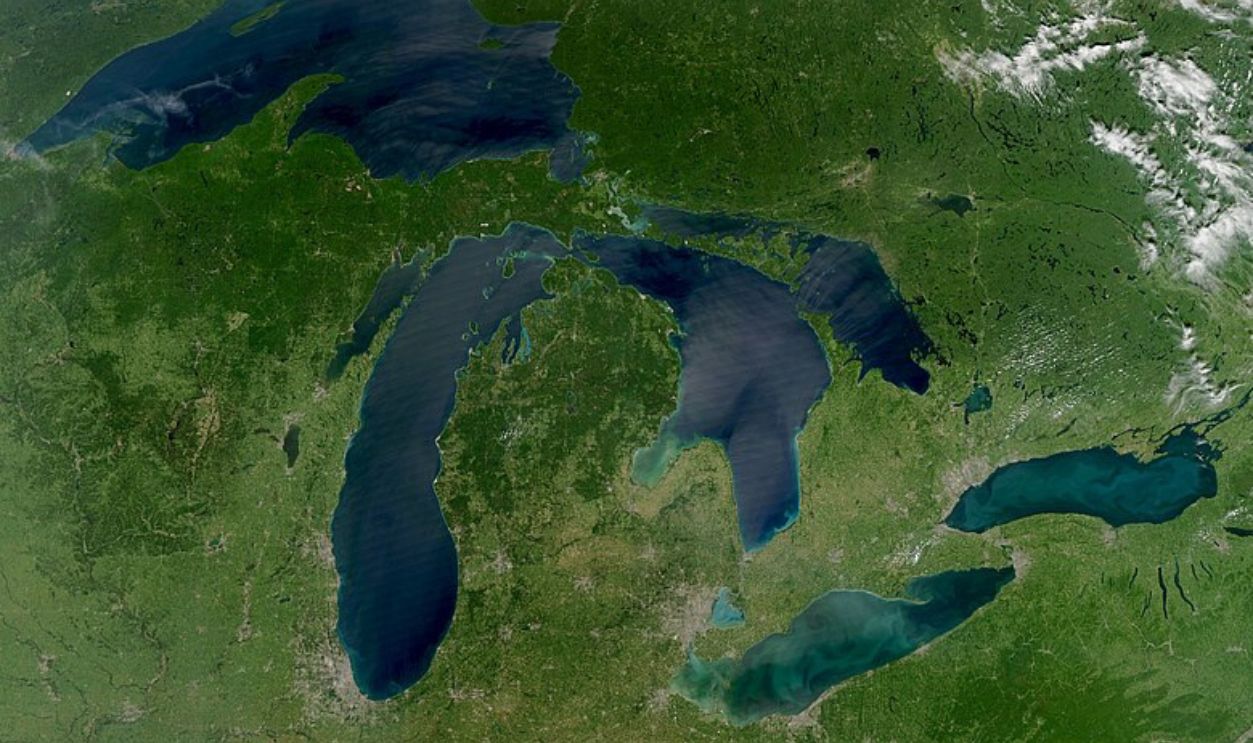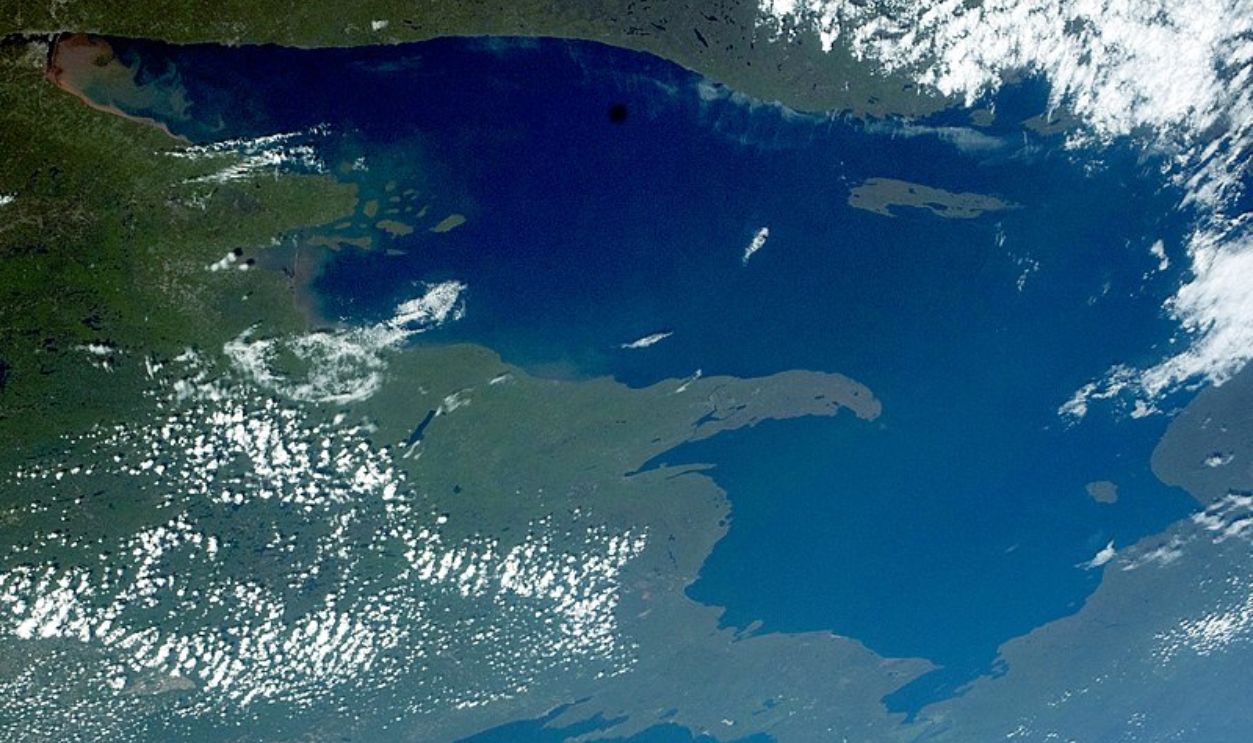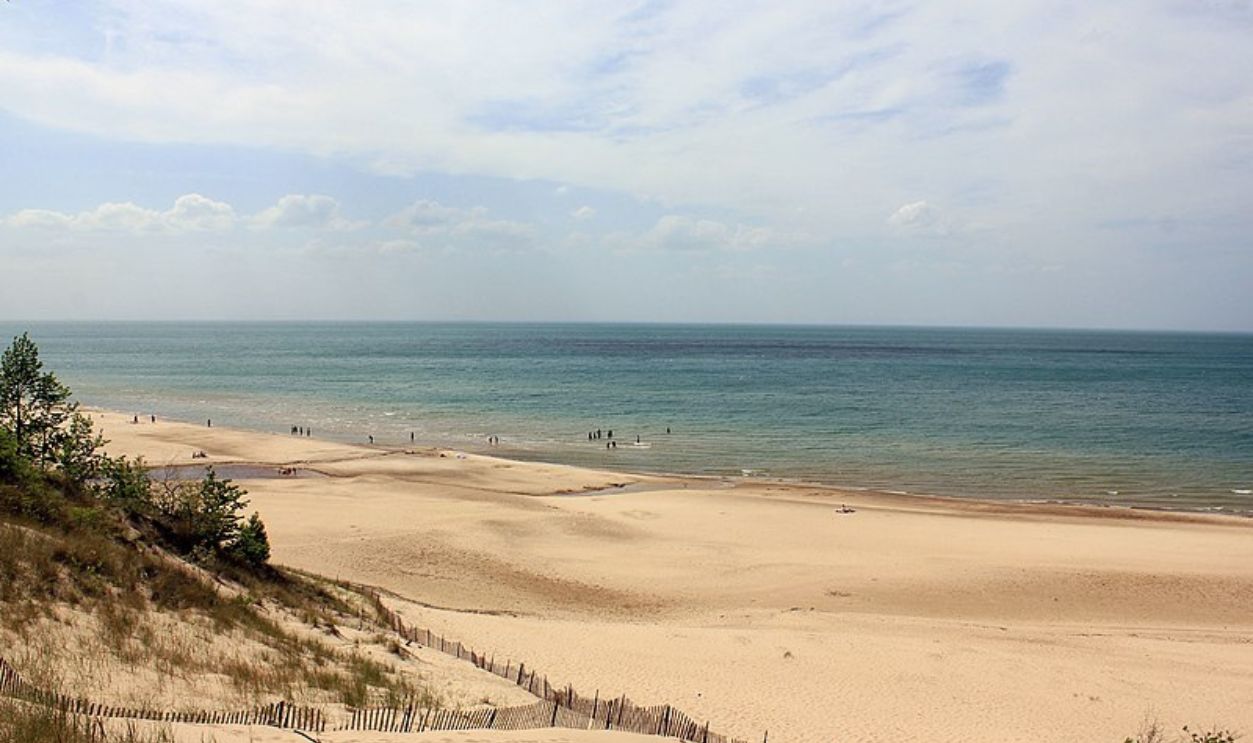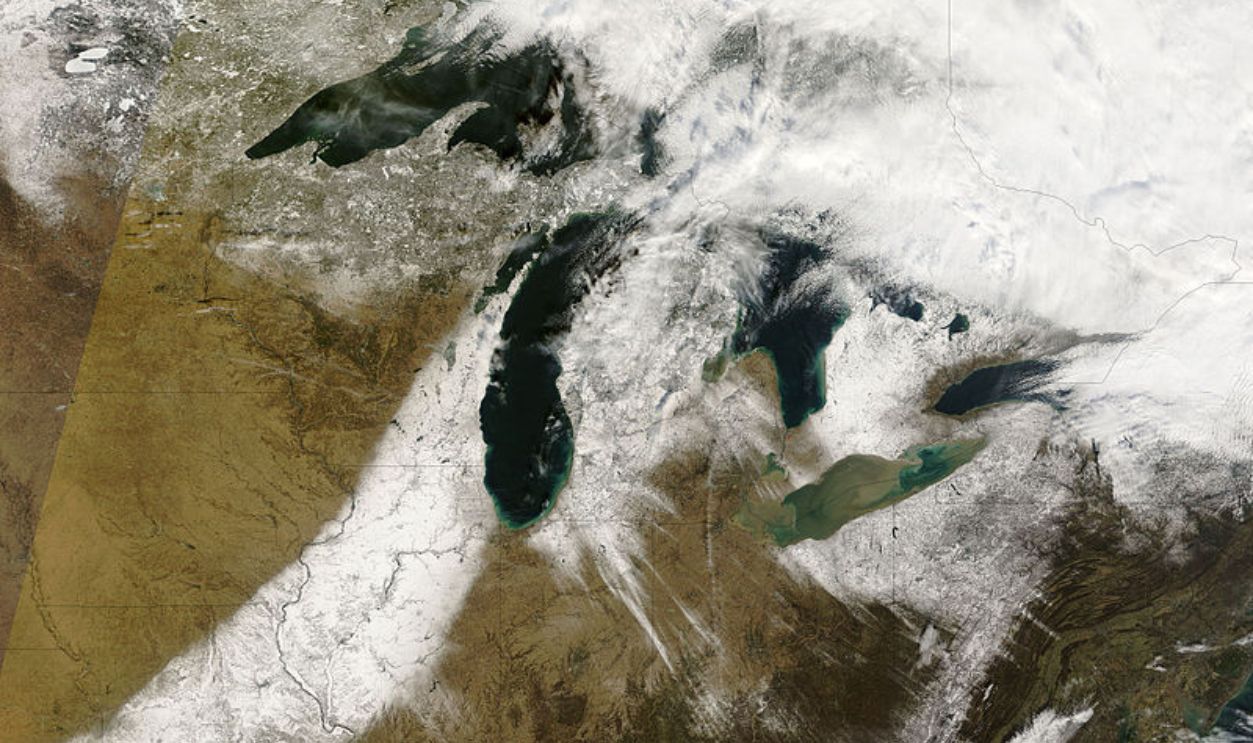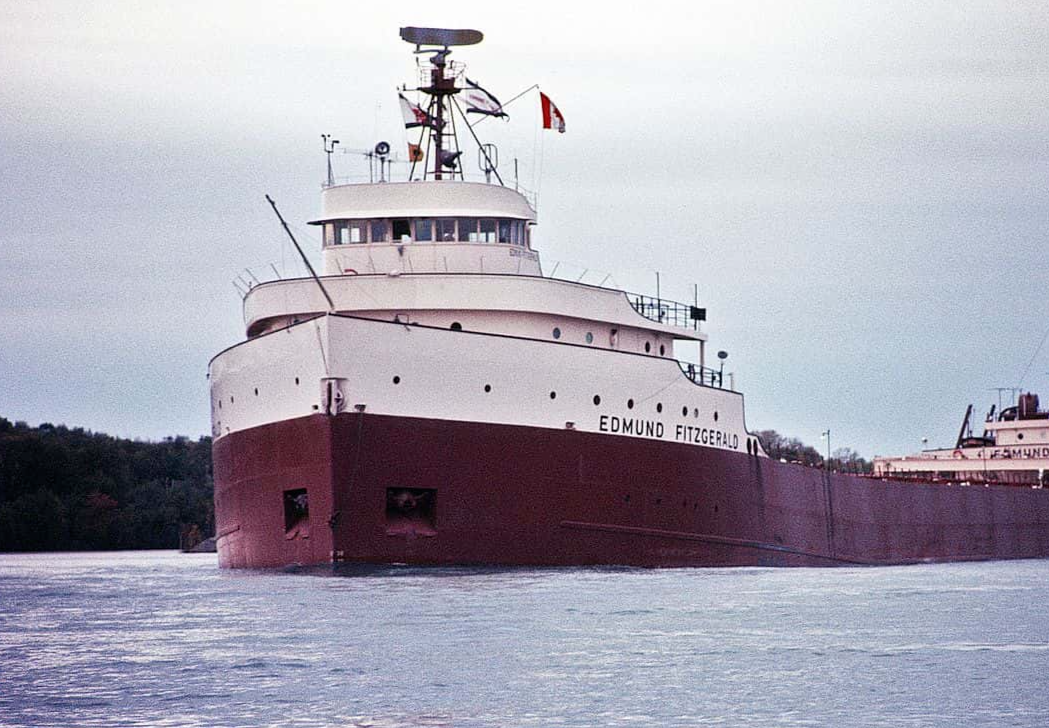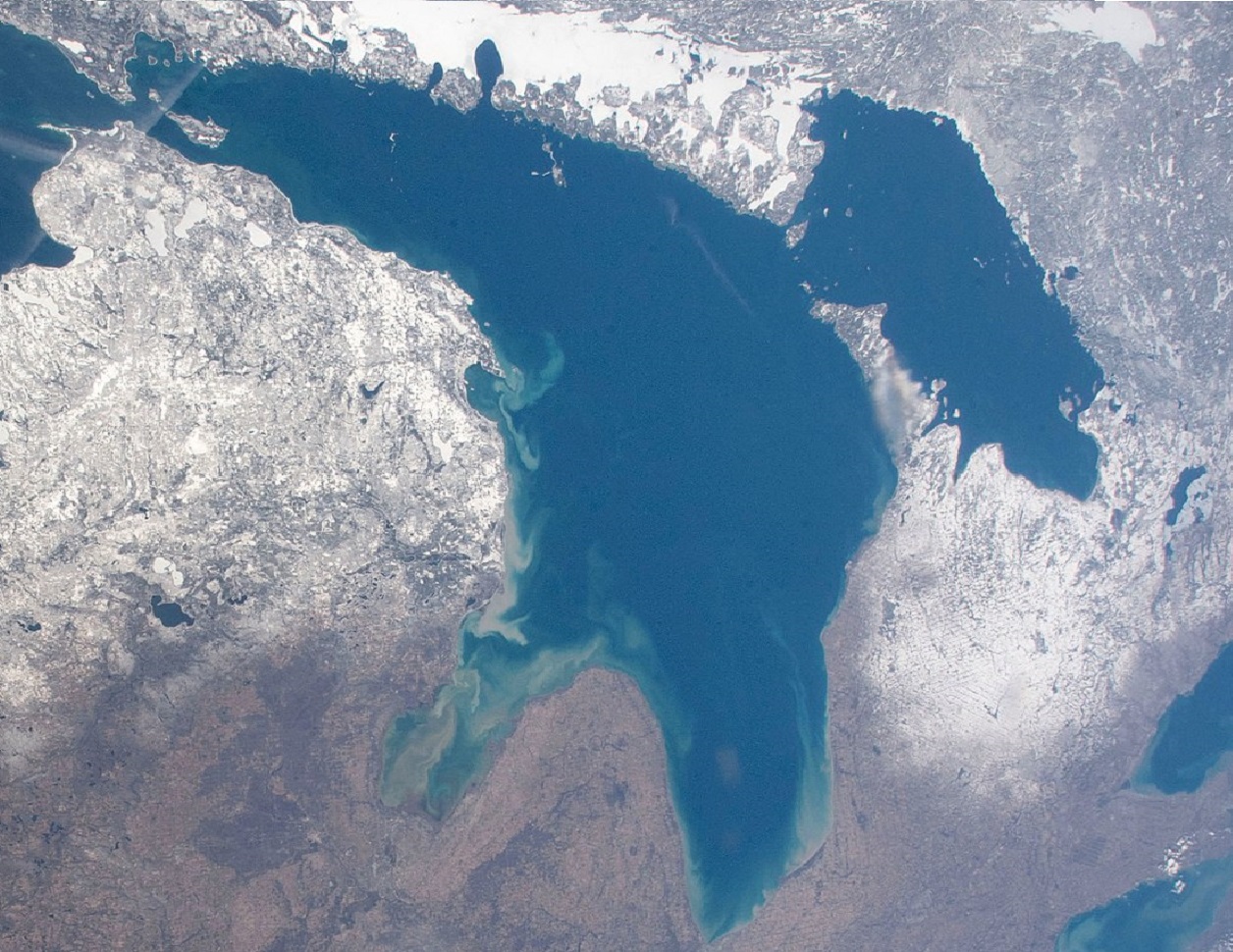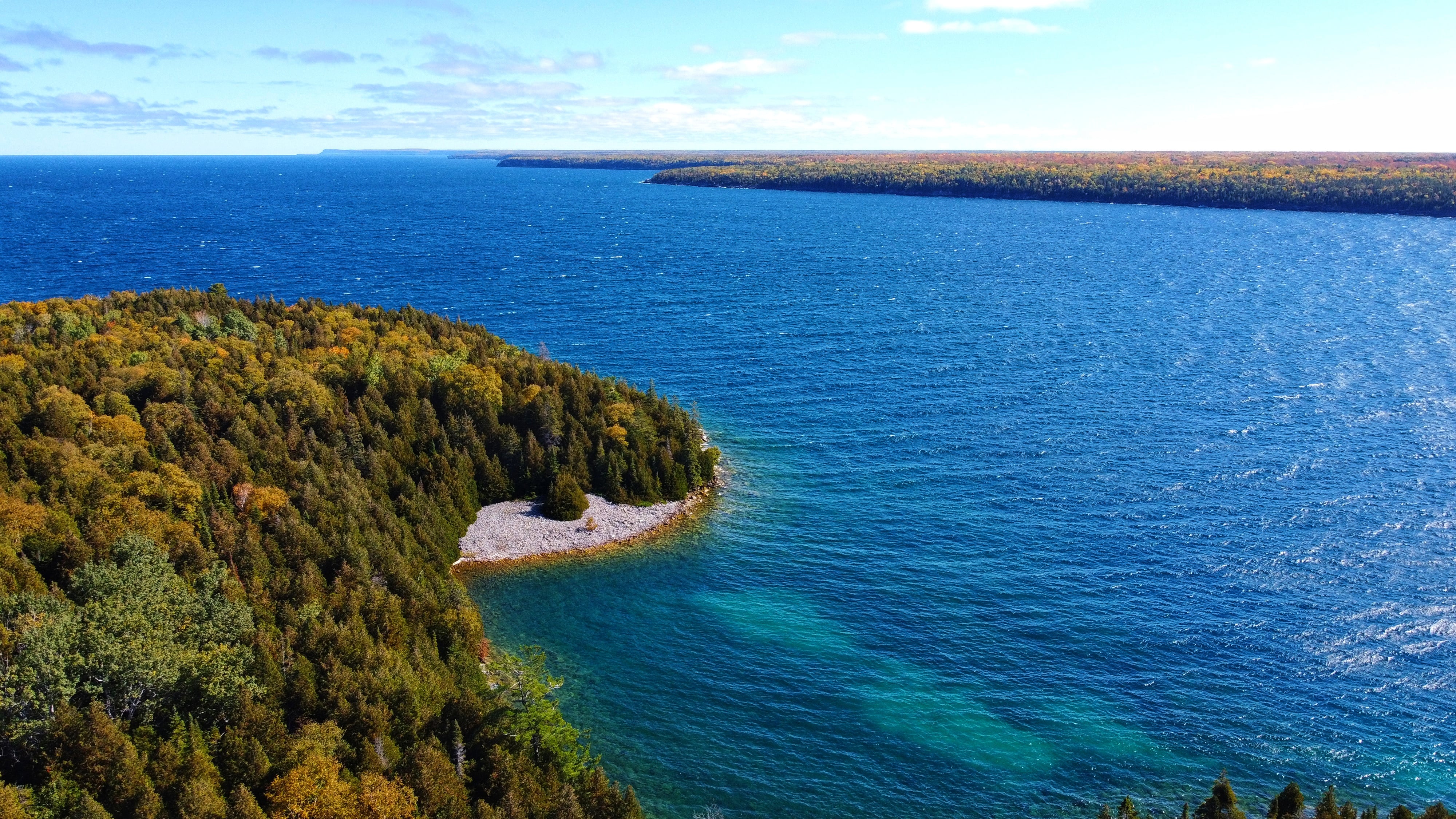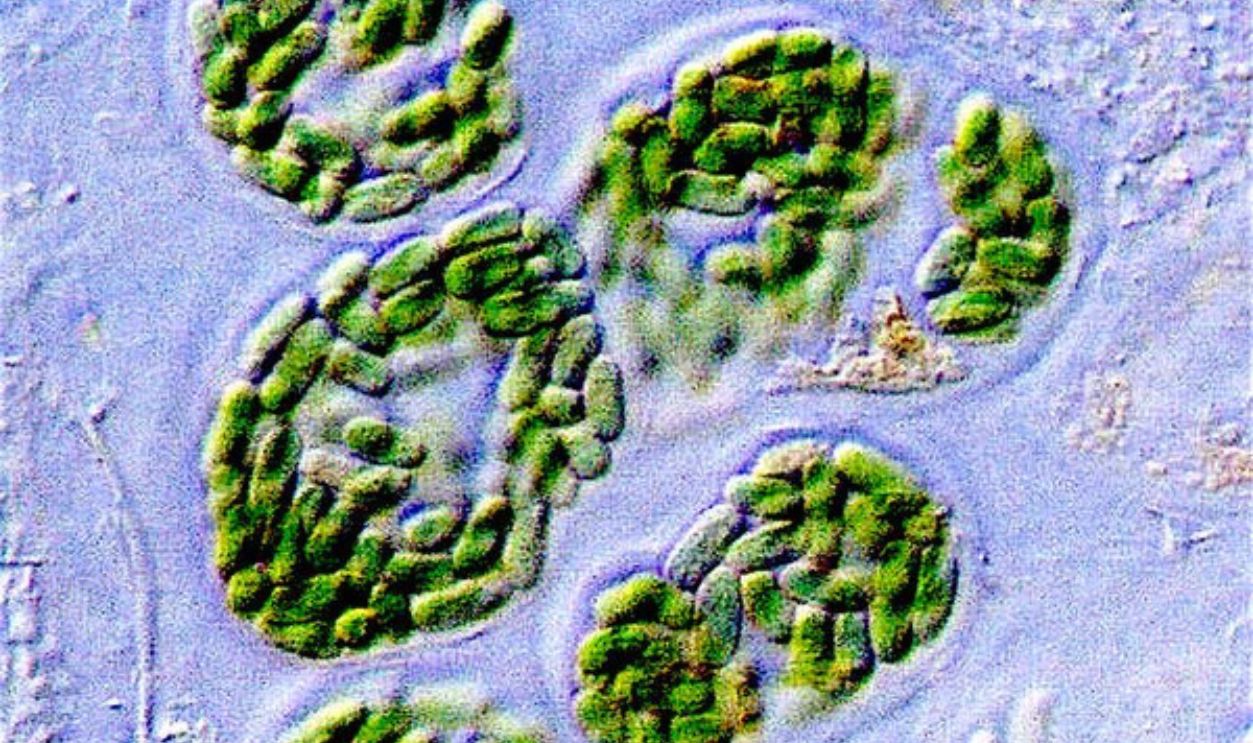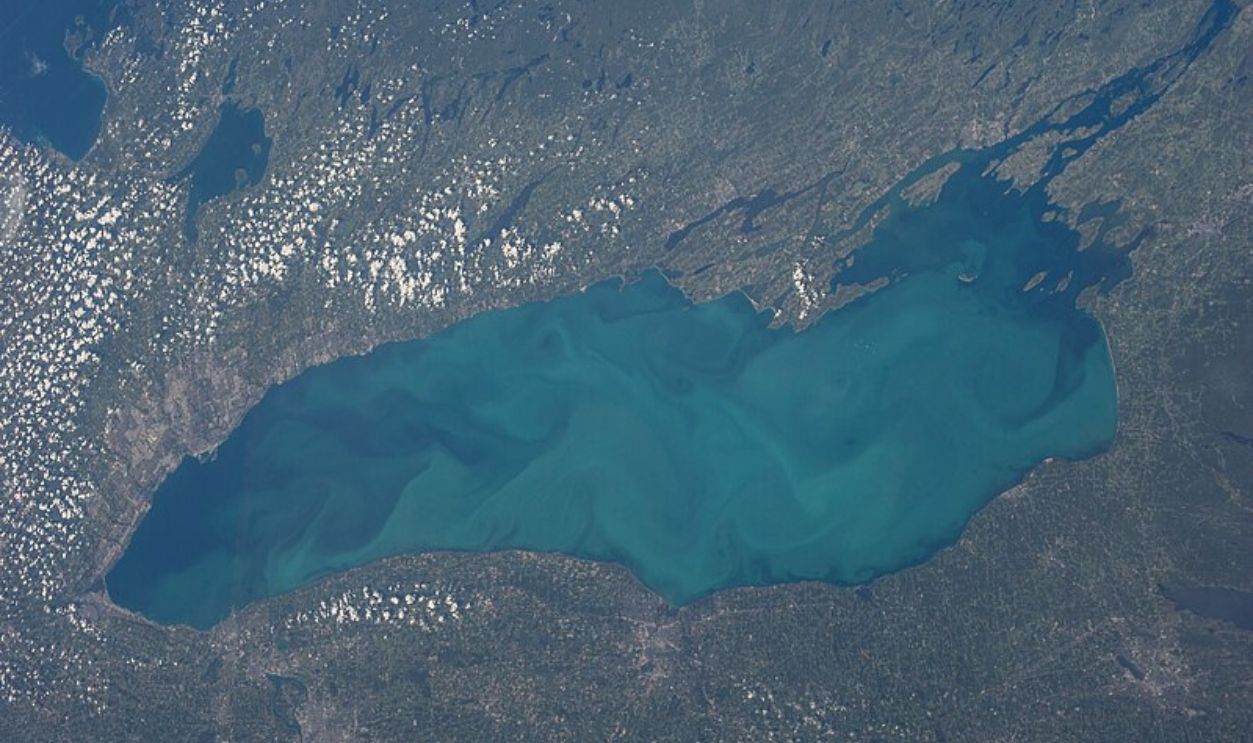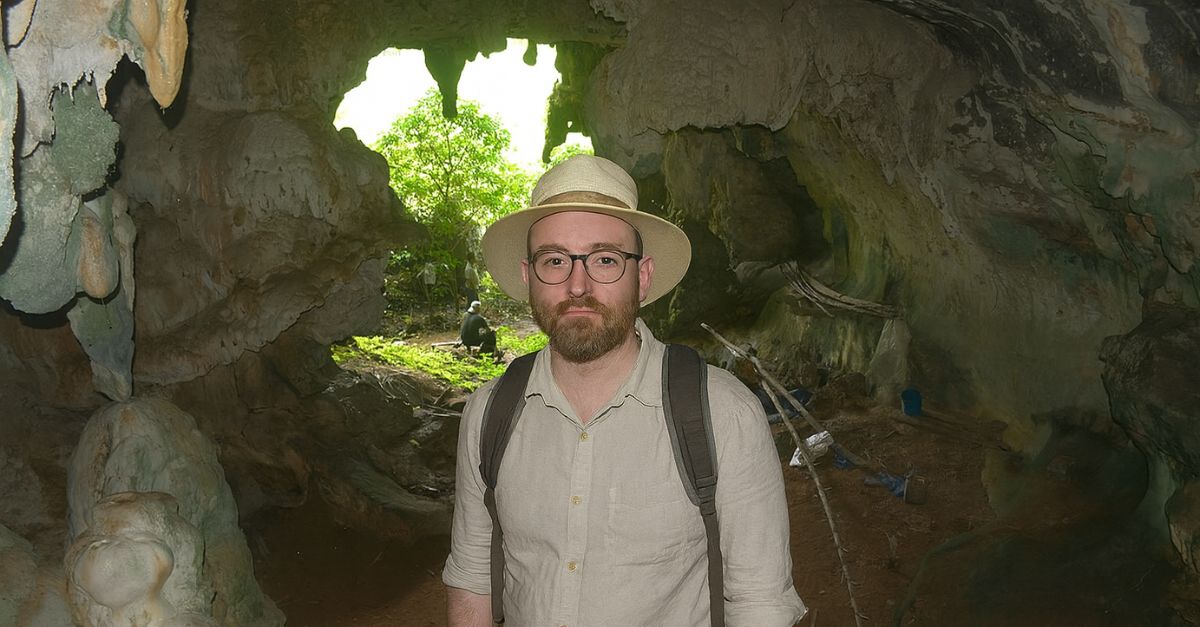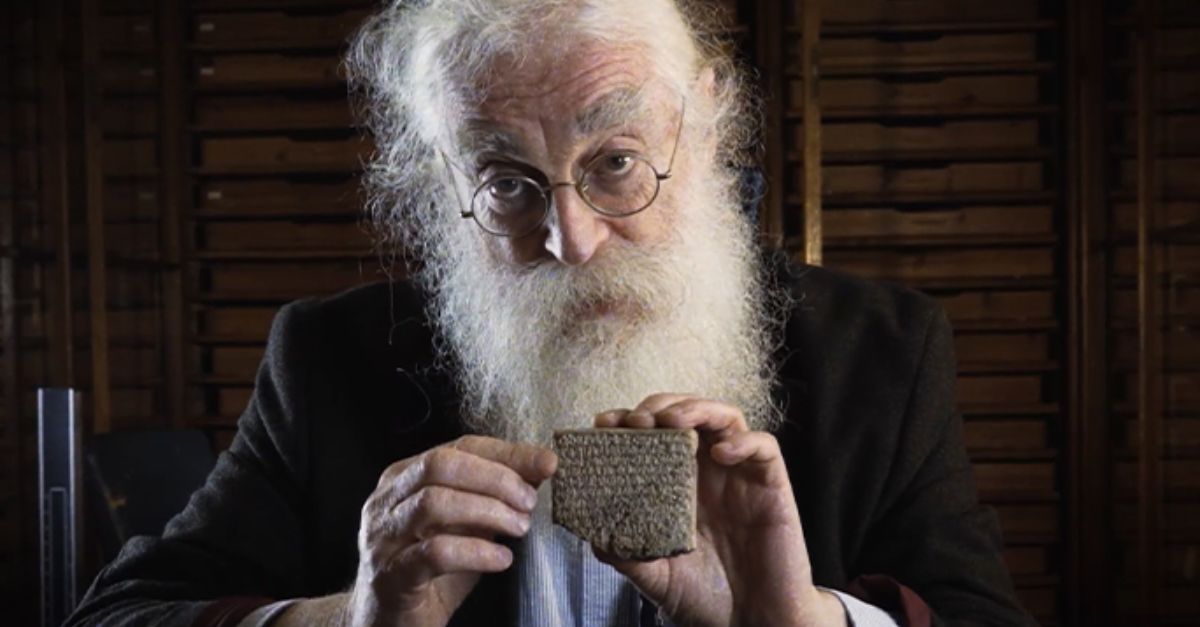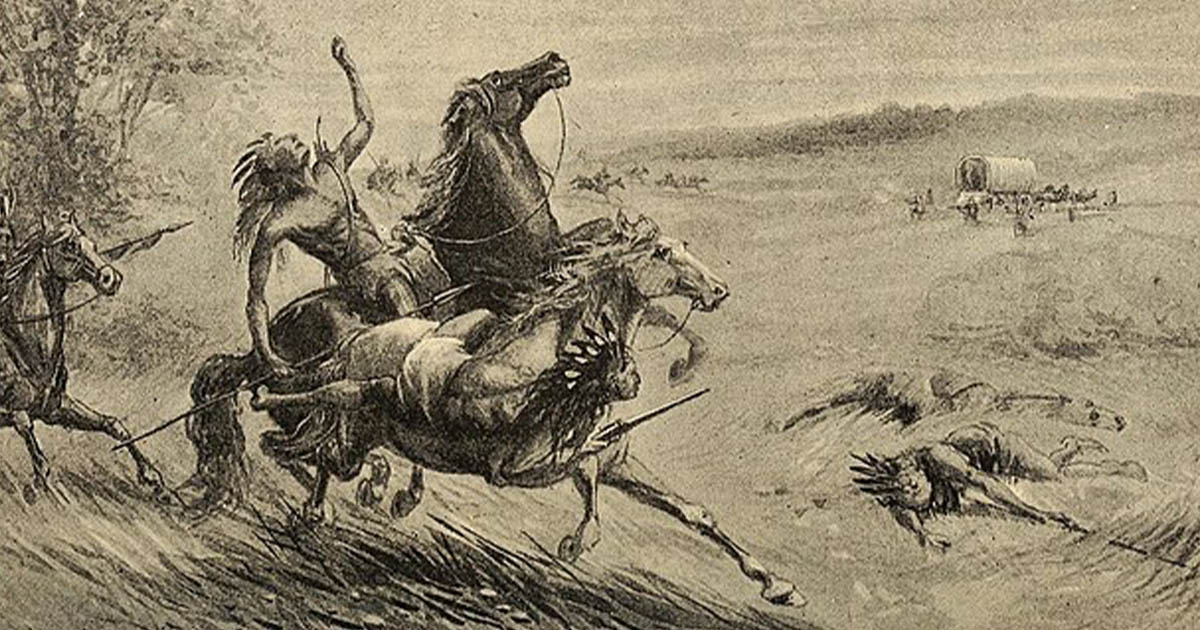Diving Into The 5 Waters
Did you know about the antidepressant fish in the Great Lakes? Or about its sunken ships and terrorizing pirates? There is so much to know about Lake Michigan, Superior, Huron, Erie, and Ontario—and you've come to the right place to learn about them.
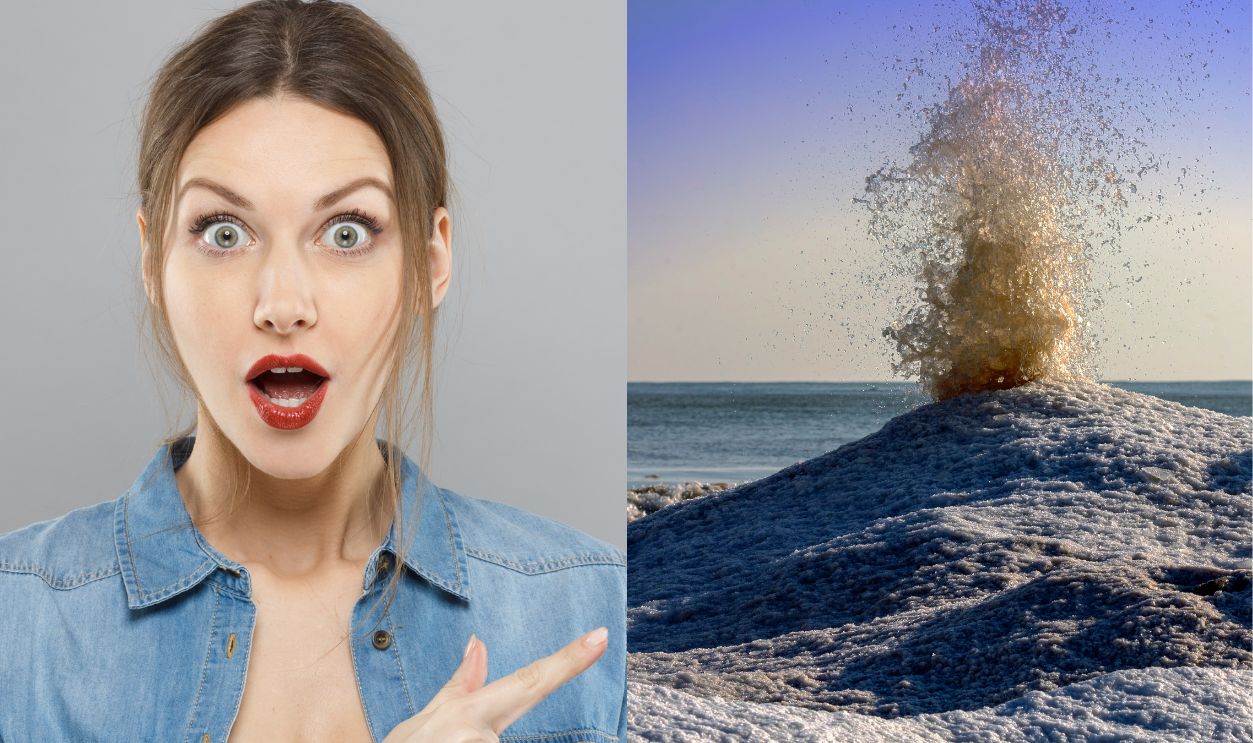
21% of Earth's Fresh Water
The Great Lakes, rightly named, hold so much water that if you poured it out, it could cover 48 contiguous United States under 9.5 feet of water. That's like six quadrillion gallons and about 21% of Earth's surface freshwater.
Superior Makes Its Sister Lakes Look Tiny
As the name suggests, Lake Superior holds enough water to flood both North and South America. This colossal freshwater giant contains a mind-boggling 2,900 cubic miles of water, which makes up 10% of Earth's surface containing freshwater.
Record-Breaking Shorelines
The Great Lakes have a huge shoreline that stretches an amazing 10,500 miles. Now this is almost half the Earth's circumference. Michigan has the longest Great Lakes shoreline of any U.S. state (3,288 miles), while Wisconsin comes next with 820 miles of beaches and hidden coves.
Exploding Ice Volcanoes
In really cold winters, ice volcanoes pop up along the shores of the lakes, especially near spots like Presqu'ile Park. Big waves from storms cut through the thick ice, making cone-shaped mounds that burst with water and slush. These naturally protect the southern shorelines from wearing away.
 John Winkelman, CC BY 2.0, Wikimedia Commons
John Winkelman, CC BY 2.0, Wikimedia Commons
6,000 Sunken Ships
Did you know that there are over 6,000 spooky shipwrecks scattered across the bottom of the Great Lakes? The most dangerous area, known as the 'Shipwreck Coast' near Thunder Bay, Michigan, has taken down many ships. The combination of storms and hidden reefs makes these waters pretty unpredictable.
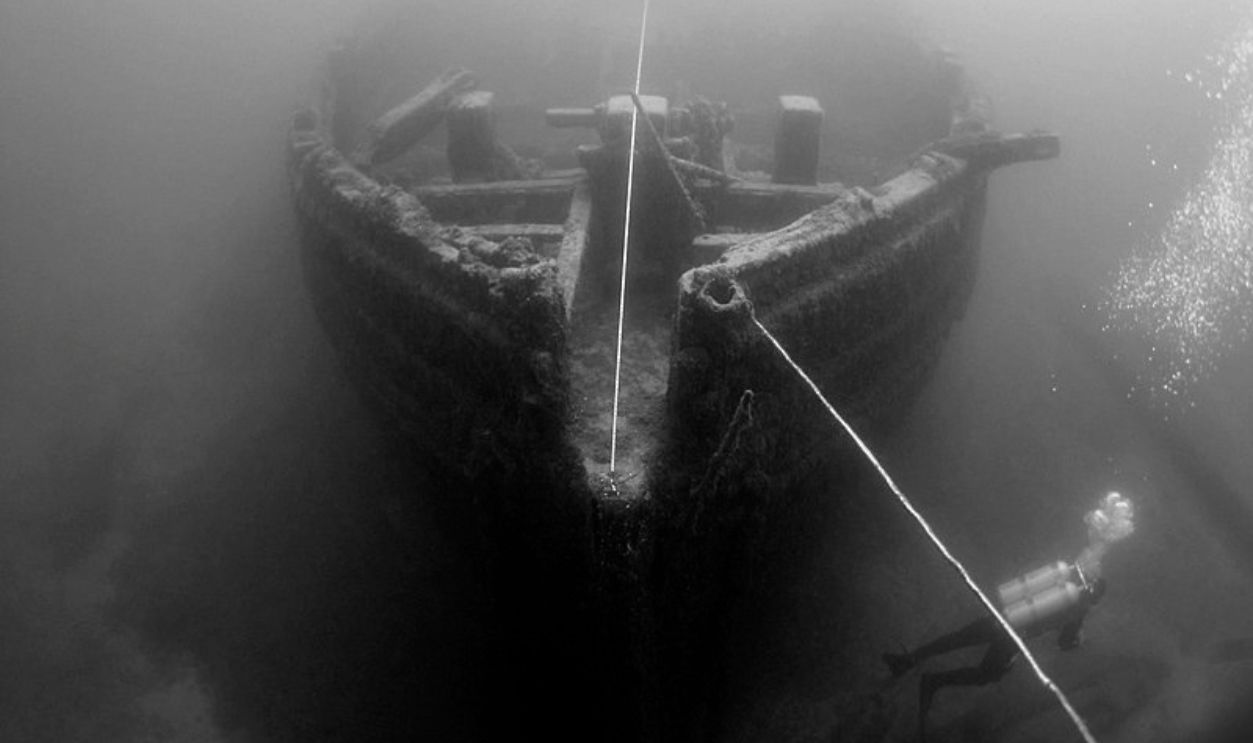 NOAA's National Ocean Service, CC BY 2.0, Wikimedia Commons
NOAA's National Ocean Service, CC BY 2.0, Wikimedia Commons
World's Largest Lake Island
Apparently, the biggest island in the lake is Manitoulin Island, which is located in Lake Huron in Ontario. It's a whopping 2,766 square kilometers (1,068 square miles) big and not only holds the title for the largest lake island in the world but also has over 100 lakes of its own.
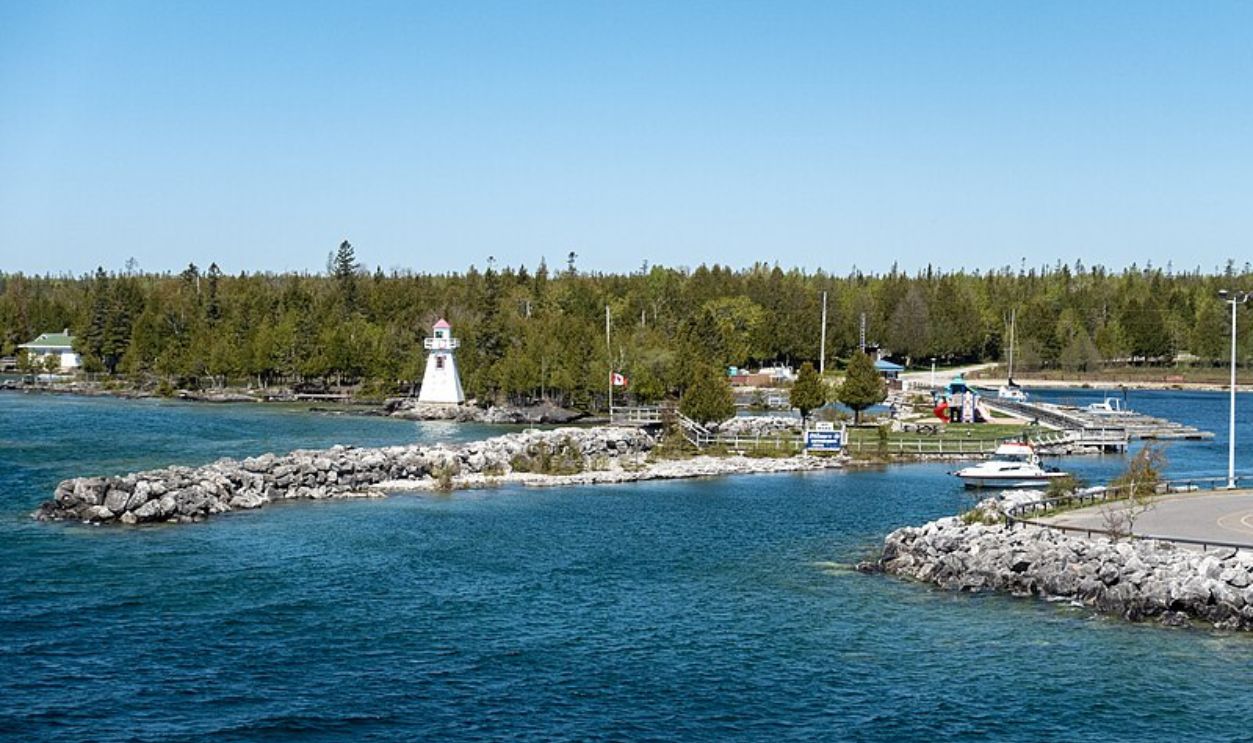 Xander Ashburn, CC BY 2.0, Wikimedia Commons
Xander Ashburn, CC BY 2.0, Wikimedia Commons
Massive Snow Creator
The lakes make their own crazy weather, causing huge snowstorms known as the "lake effect." When super-cold winds blow over warmer waters, they pick up moisture and dump tons of snow. This creates distinct snow belts along the eastern and southern shores, such as in Wisconsin, Michigan, etc.
Vanishing Ships & UFOs
Might sound crazy, but Lake Michigan has its own version of the Bermuda Triangle. Ships and planes have disappeared from there without any explanation. Apparently, the mystery started back in 1891 when a schooner vanished during clear weather. After that, there were years of strange events and UFO sightings.
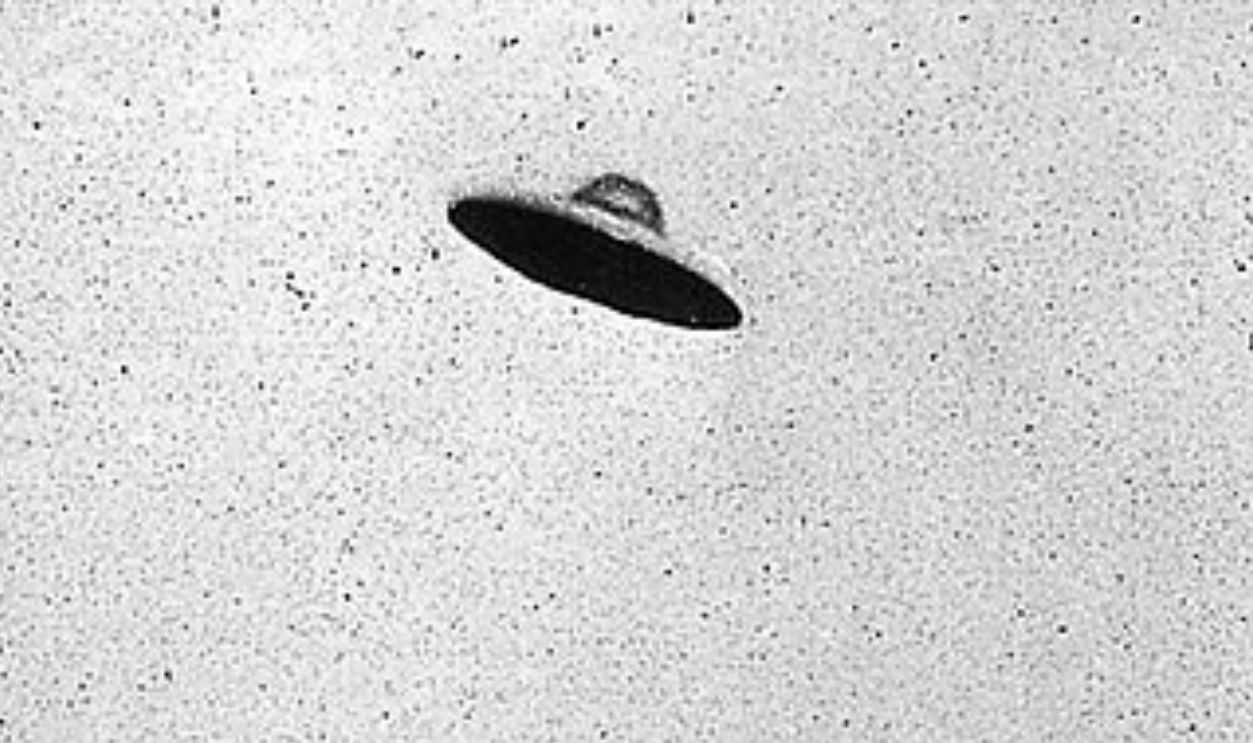 George Stock, Wikimedia Commons
George Stock, Wikimedia Commons
14,000-Year-Old Lakes
These huge lakes came up around 14,000 years ago when massive glaciers dug deep holes into North America. They were created by the retreating Laurentide Ice Sheet. As these ice sheets moved back north, their melting ice filled up the massive holes, creating this freshwater paradise.
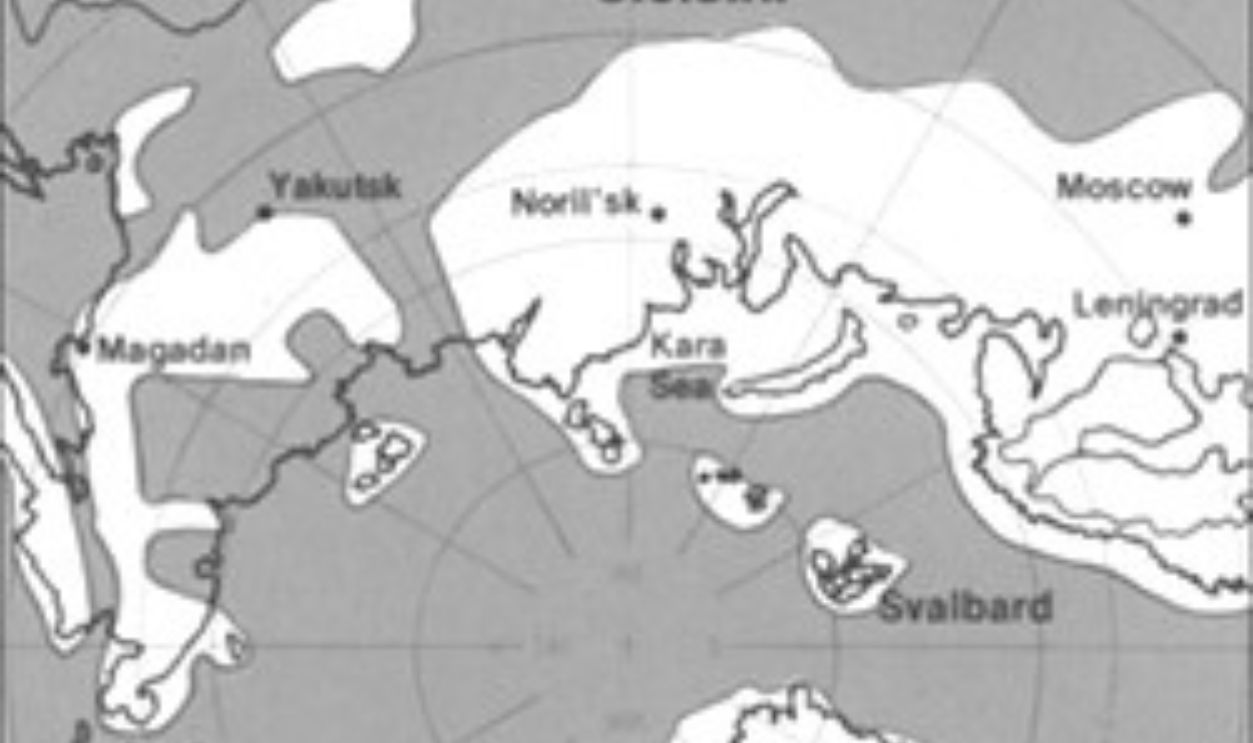 Unknown author, Wikimedia Commons
Unknown author, Wikimedia Commons
Pirates Of The Great Lakes
Back in the 1800s, there were freshwater pirates causing trouble on Lake Michigan. They weren't after gold but after the valuable timber. These pirates were pretty infamous for causing a lot of deforestation, and they even forced everyone to leave Singapore, Michigan, which is now completely underwater.
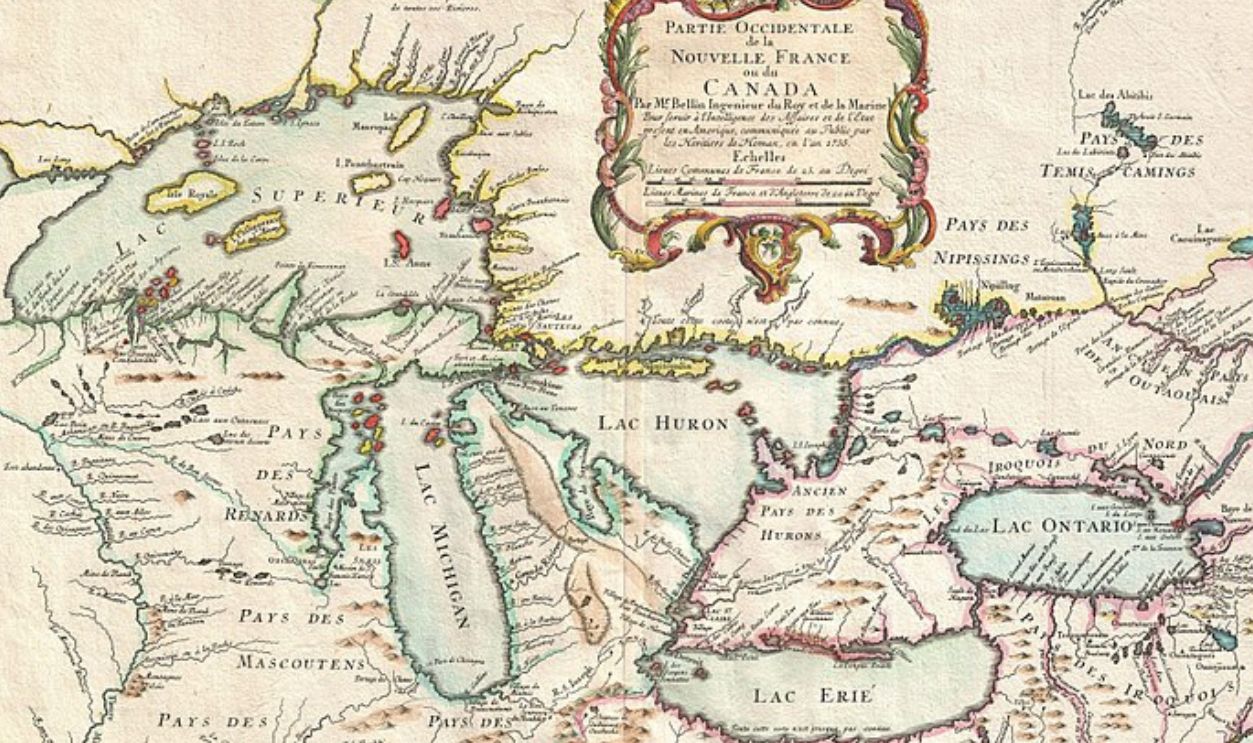 Jacques-Nicolas Bellin, Wikimedia Commons
Jacques-Nicolas Bellin, Wikimedia Commons
Colorful Glass Beaches
On the coastlines of Lake Erie, you can find these fascinating purple and blue beach glass pieces. They used to be industrial light bulb insulators, made from a type of glass called Vitrite. Now, they've been smoothed out by the waves and currents, but beachcombing still takes place.
 ShorelineGalesPhotography, Shutterstock
ShorelineGalesPhotography, Shutterstock
Superior's Preserved Dead
The icy waters of Lake Superior keep those who expire in its depths from coming back up. When the huge SS Edmund Fitzgerald sank in 1975, they couldn't find any of the 29 crew members, and they joined many others in the lake's eternal rest.
9,000-Year-Old Underwater Camps
Scientists recently uncovered 9,000-year-old caribou hunting grounds that are 40 meters beneath Lake Huron's surface. These prehistoric structures on the Alpena-Amberley Ridge have a lot to tell about ancient human life during a time when water levels were significantly lower.
Indigenous Lake Names
The names of the lakes carry the wisdom of the indigenous people. For instance, Erie means "long tail," Michigan stands for "great water," and Ontario signifies "beautiful lake." Also, Lake Huron was called "Karegnondi," meaning "Lake of the Hurons," which connects us to the ancient roots of these waters.
3-Million-Year-Old Ecosystems
Hidden under Lake Huron, there are some really intriguing sinkholes that have ecosystems just like the oceans on Earth 3 million years ago. These underwater time capsules have high levels of sulfur and low oxygen. They also host colorful microbial mats, composed of cyanobacteria.
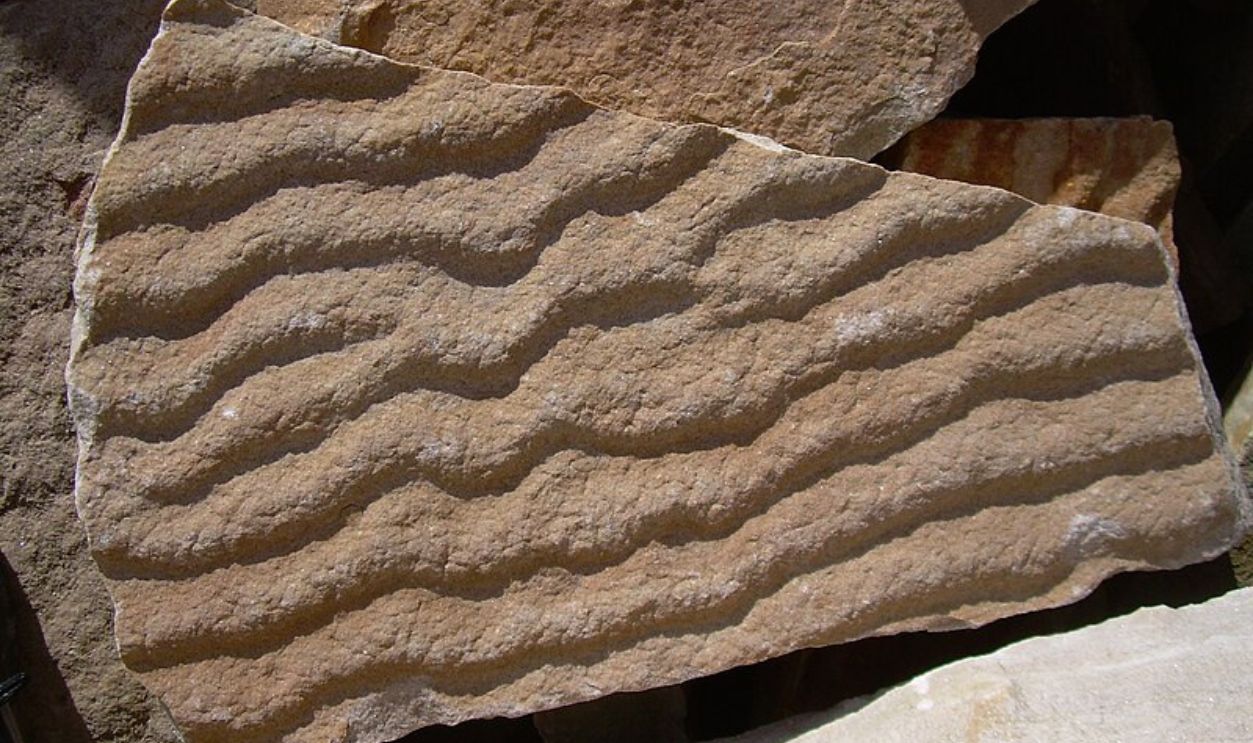 Kennethcgass, CC BY-SA 4.0, Wikimedia Commons
Kennethcgass, CC BY-SA 4.0, Wikimedia Commons
Fluorescent Beach Rocks
Spectacular Yooperlites can be seen around the coastlines of Michigan's Upper Peninsula. These are nothing but rocks that change when you shine ultraviolet light on them. As special sodalite-rich rocks, they glow brightly in the dark, which makes them great for a nighttime treasure hunt at the beach.
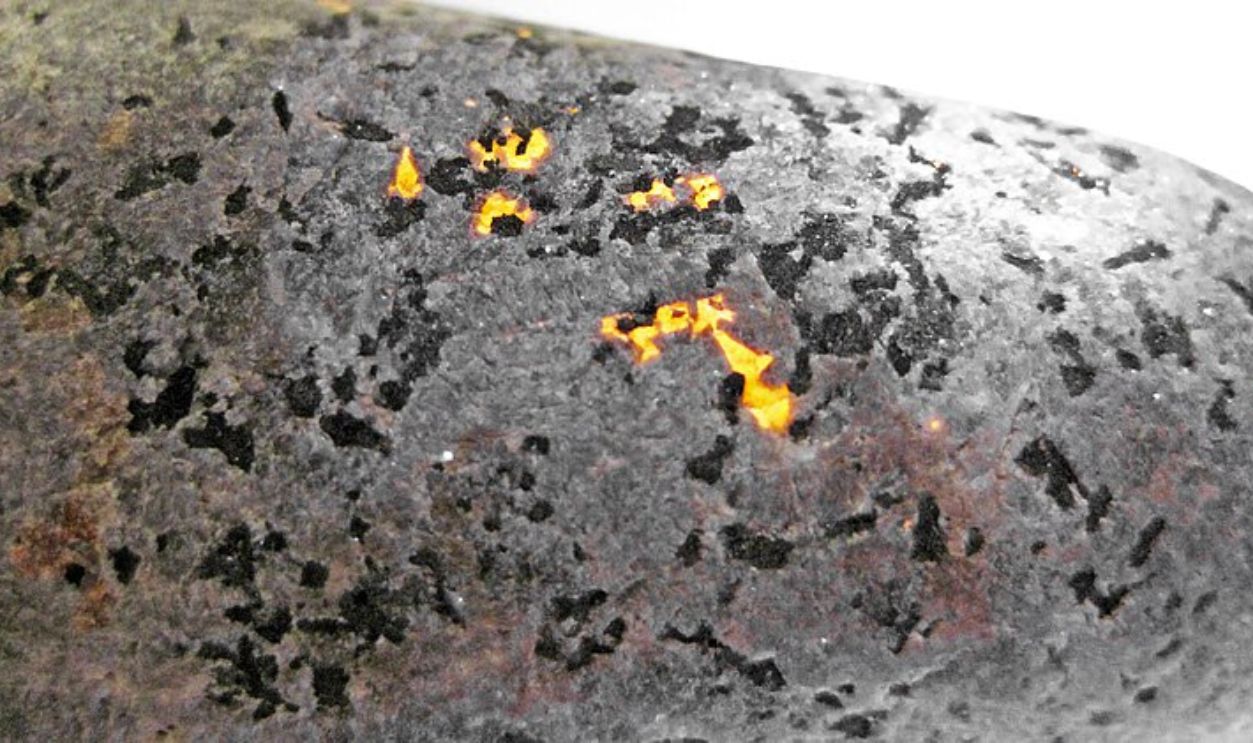 James St. John, CC BY 2.0, Wikimedia Commons
James St. John, CC BY 2.0, Wikimedia Commons
100 Million Tons Of Cargo
The shipping industry in this area moves approximately 200 million tons of cargo every year. There are specially designed boats called "lakers" that carry important stuff like iron ore, grain, and coal through connected waterways. This activity all in all powers the region's economy.
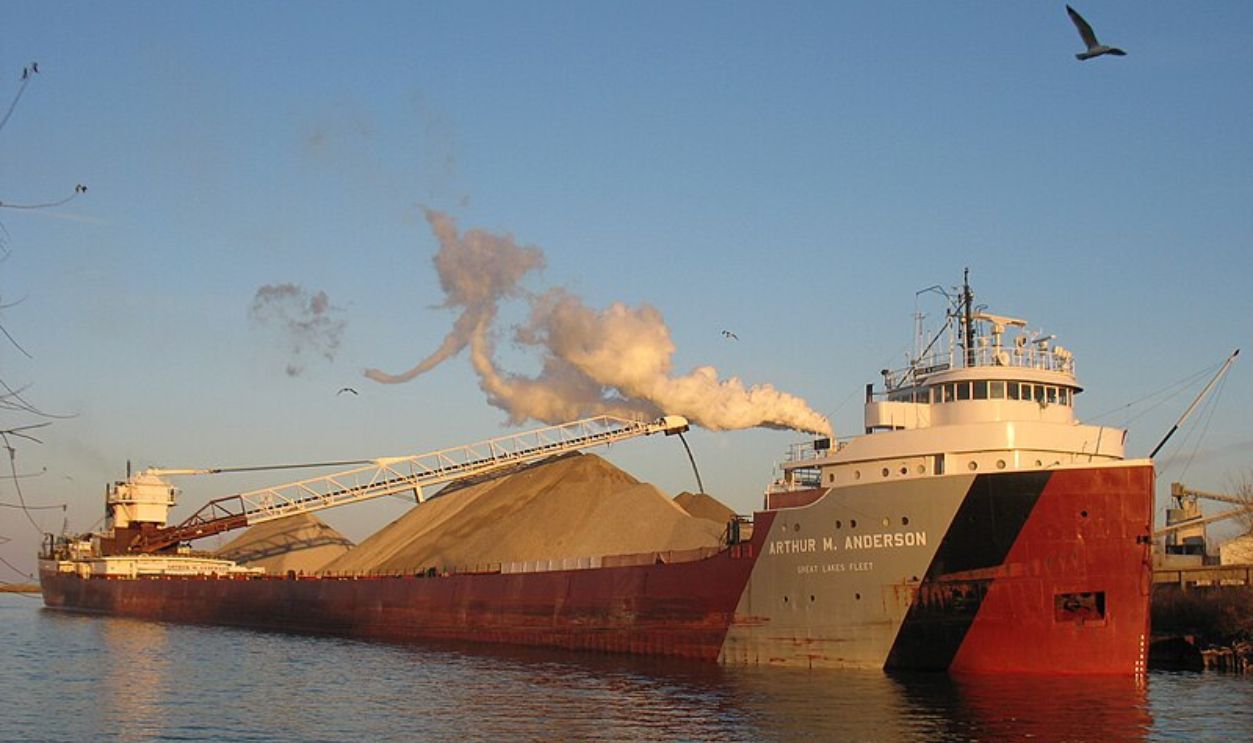 Zars, CC BY-SA 3.0, Wikimedia Commons
Zars, CC BY-SA 3.0, Wikimedia Commons
160 New Species Found
Scientists found over 160 new microbe species in the lakes between 2012 and 2019. Their work involves sampling and analysis of water from all five Lakes. And it turns out that every drop of water is filled with a million bacteria and ten million viruses.
The Great Lakes' Greatest Mystery
Here's an interesting fact about two French minesweepers. It is said that Inkerman and Cerisoles mysteriously vanished during a fierce 1918 Lake Superior blizzard. The incident claimed 78 lives and is still the biggest unexplained tragedy in the history of Great Lakes maritime.
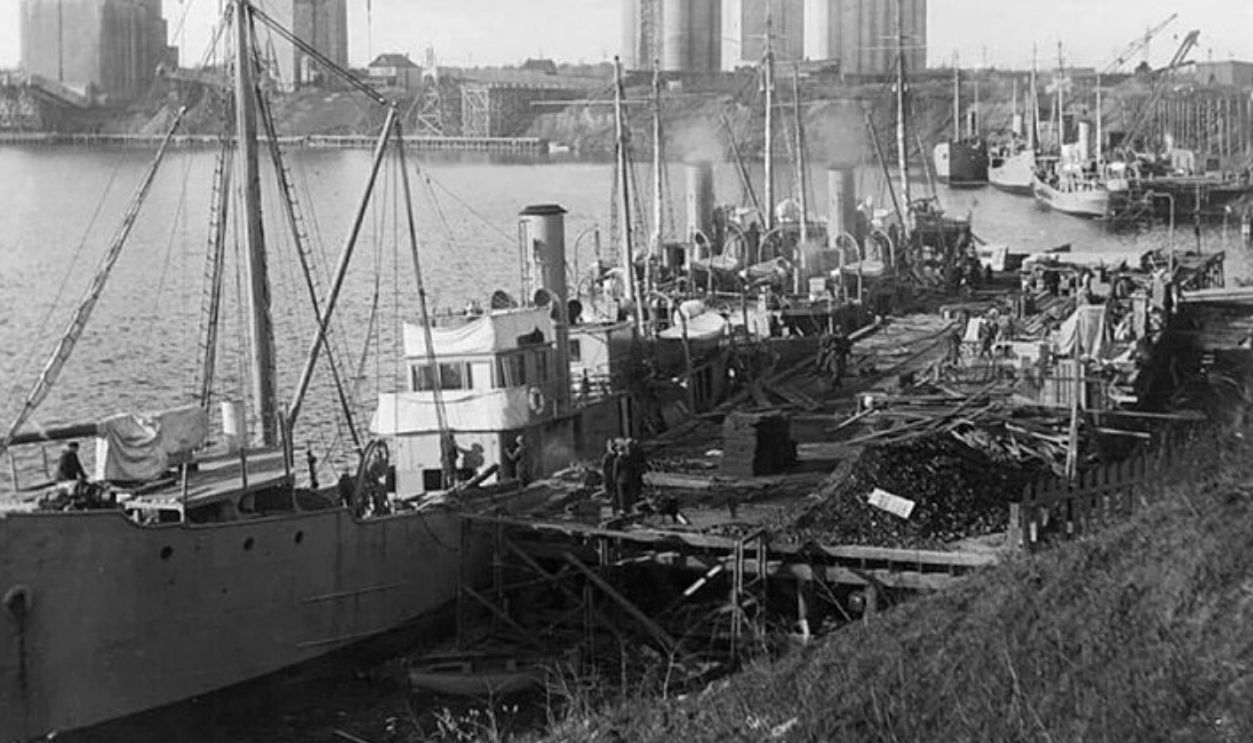 Unknown author, Wikimedia Commons
Unknown author, Wikimedia Commons
Powering 3.8 Million Homes
The Great Lakes produce a ton of hydroelectric power, with Niagara Falls alone providing energy for over 3.8 million homes. As a renewable energy source, it has been driving development in the region since the early 1900s.
 Ontario Power Generation, CC BY 2.0, Wikimedia Commons
Ontario Power Generation, CC BY 2.0, Wikimedia Commons
Antidepressant Fish
Well, it has been discovered that fish in the Great Lakes have high levels of human antidepressants in their brains. And the levels are like twenty times higher than in the water. Apparently, as more people take these medications, they end up in the lakes through sewage systems.
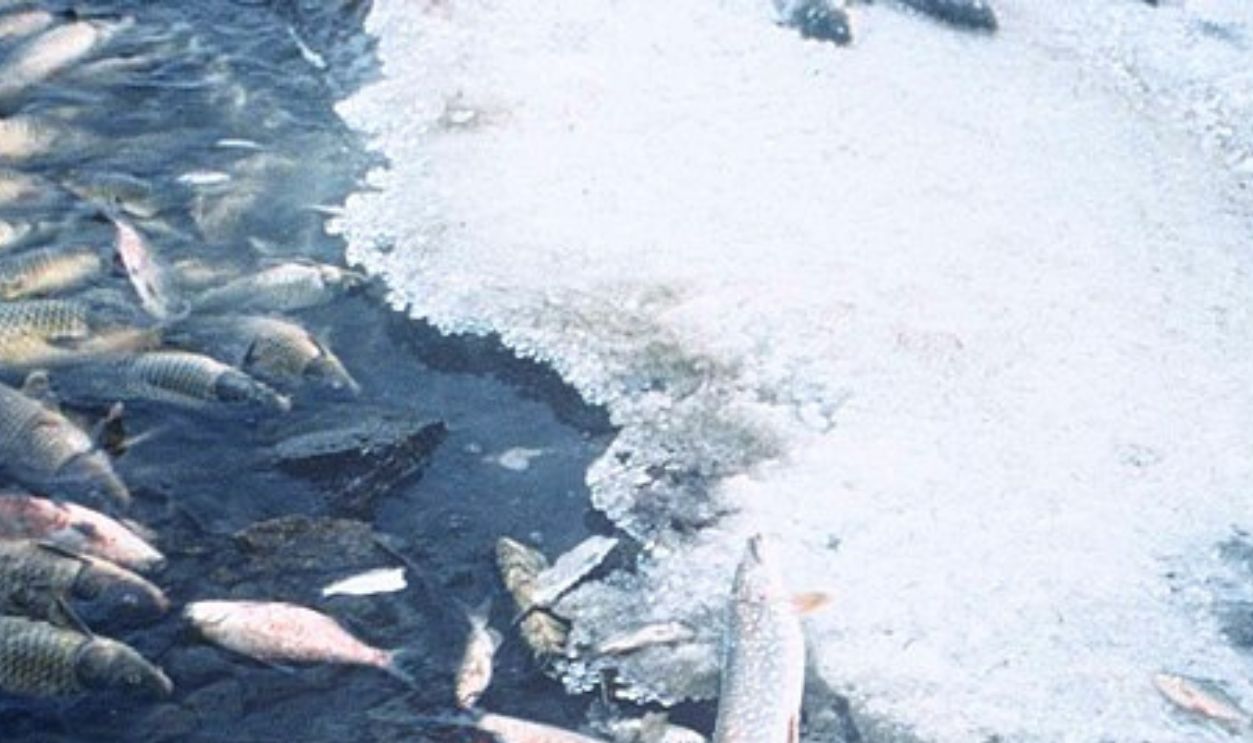 United States Fish and Wildlife Service., Wikimedia Commons
United States Fish and Wildlife Service., Wikimedia Commons
300-Pound Ancient Fish
Now, the ancient lake sturgeon fish, which haven't changed since dinosaur times, can reach up to 300 pounds and live for 150 years. These incredible fish used to be all over the Great Lakes until too many were caught in the 19th century, and then they almost disappeared.
 Cacophony, CC BY-SA 3.0, Wikimedia Commons
Cacophony, CC BY-SA 3.0, Wikimedia Commons
Natural Fruit Belt
The lakes create "fruit belts" by their shores, keeping the temperatures just right for growing crops that are usually found in the South. In turn, this weather helps Michigan's well-known cherry orchards and Ontario's successful wineries to thrive in places where they normally wouldn't be able to.
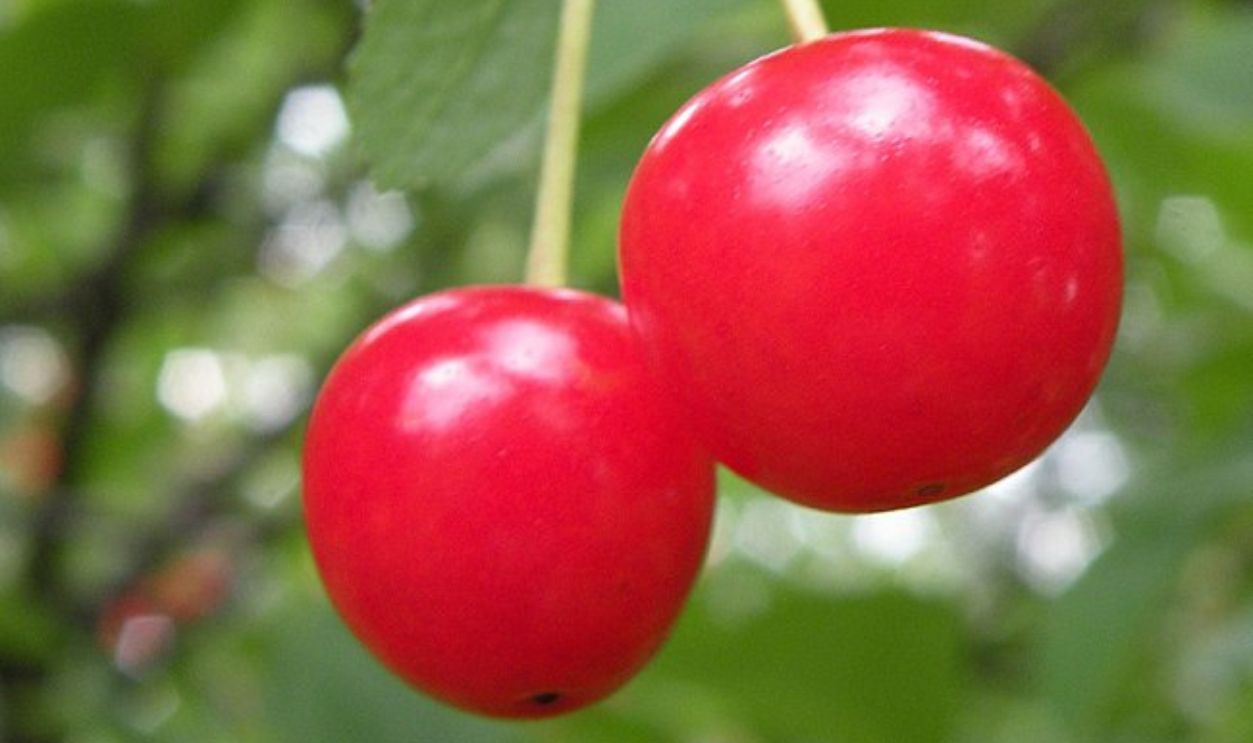 Martha Dol., CC BY 2.0, Wikimedia Commons
Martha Dol., CC BY 2.0, Wikimedia Commons
Twin Lakes In Space
Just so you know, there exists a lake on Saturn's moon Titan called Ontario Lacus that looks a lot like Lake Ontario. Plus, they're almost the same size and shape. Scientists study this cosmic twin to learn more about liquid formations on other planets.

